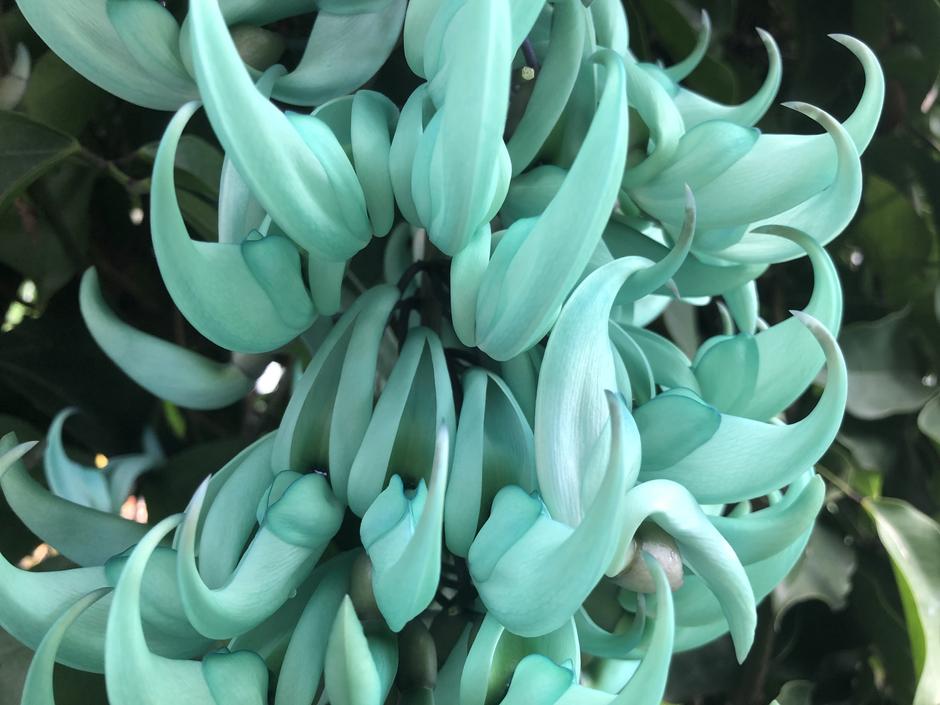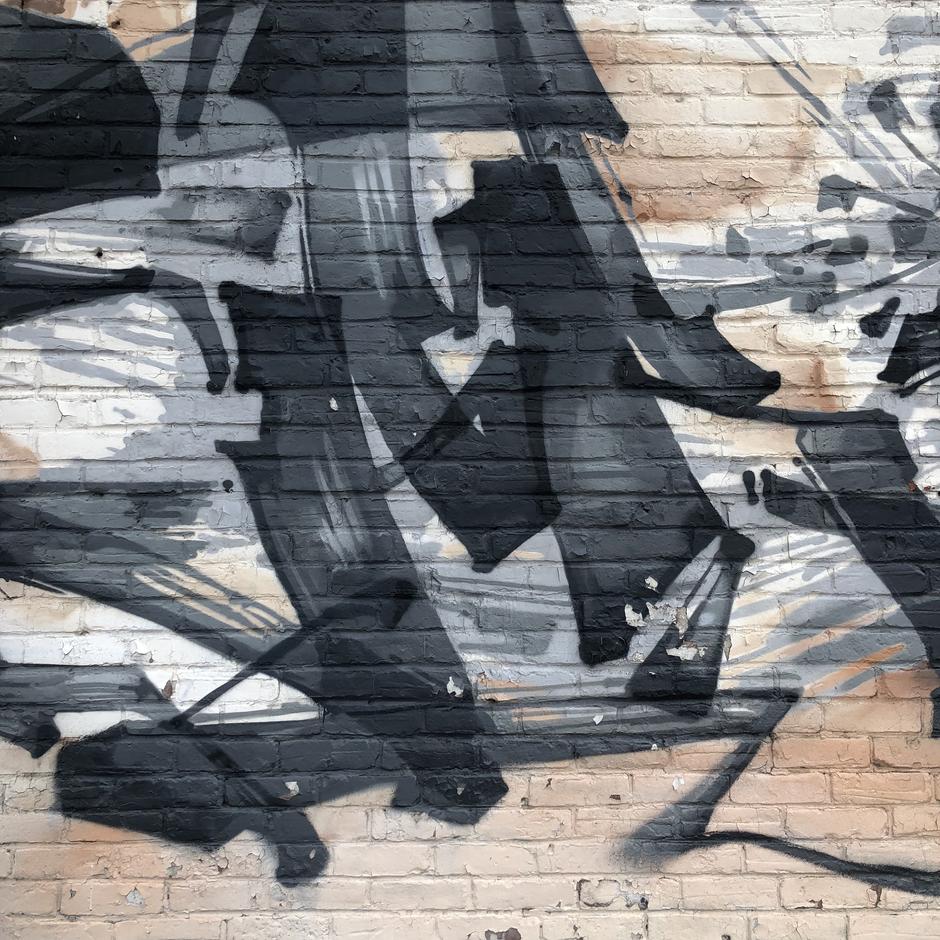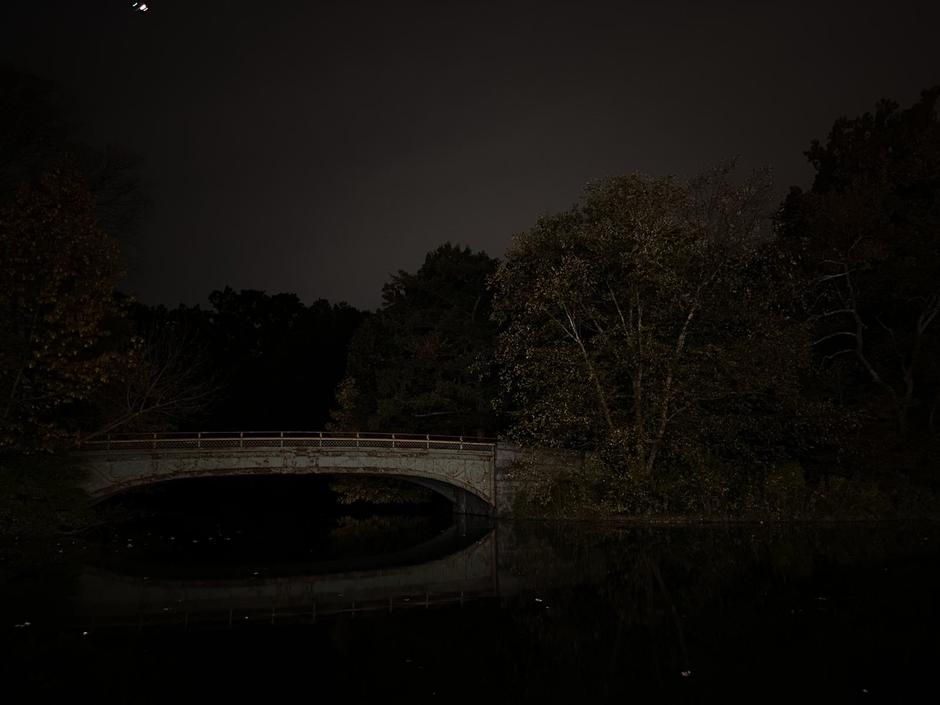手帳会議2024
I used a paper-cover Hobonichi Techo Weeks in a clear cover for keeping appointments and micro-journaling. The weeks provides more space, but has a similar layout to the Moleskine I used in previous years, with the biggest improvement being that Saturdays and Sundays are alloted the same amount of space as other days. I plan on the left page of the weekly layouts and log on the right.
I used gel pens with the Weeks, namely the 0.38mm Uni-Ball One. I’ve been employing a simple color-coding scheme to differentiate basic entries (black) from all-day events or anniversaries (avocado green), as well as important supplementary information, such as cancellations, addresses, and reservation numbers (violet). I set up anniversaries/holidays up front, so I only need to keep two pens on hand for the day to day, which I initially kept clipped to the clear cover’s pen loop. I later added a pen pouch that straps onto the front cover.
I used the Hobonichi Schedule stencil and Activities stencil to decorate events with appropriate iconography, which respectively fit in and behind the clear cover’s front pocket. I later moved these into the zippered compartment of my pen pouch.
I marked tentative or far future appointments with Daiso sticky notes on the weekly pages, which gave me the flexibility to move or remove items as plans change. I initially planned to set aside time each weekend to set up the following week’s spread in pen with repeating events and any appointments that were marked by sticky notes, but I found it difficult to commit most plans to pen even as little as a day in advance. Plans change at the last minute too often. In previous years, I was being less precious with the planner and wasn’t afraid to simply cross off canceled or rescheduled items.
Highlights of this year’s system:
- The Hobonichi Weeks’ form factor and overall design (plus, picked a good cover)
- Being more intentional about the appearance of spreads
- Color-coding information
- More streamlined habit tracking
Next year, I would change:
- I created indentations in adjacent pages with the pens early on, especially when employing the stencil. Use a pencil board behind the page when stenciling.


